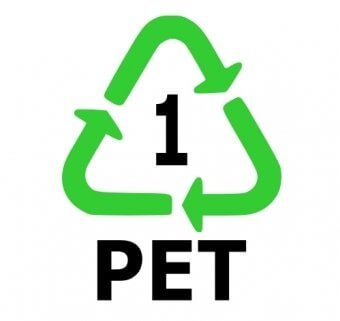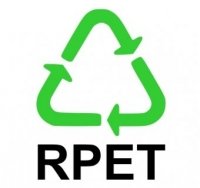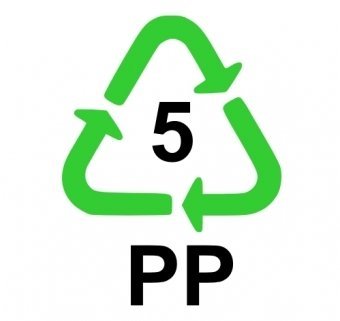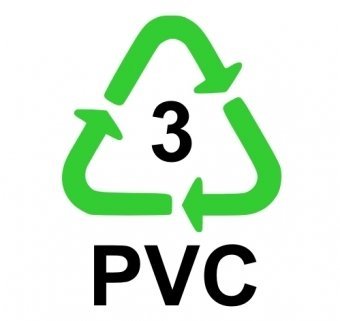PVC vs PET vs APET vs RPET vs PP for Plastic Boxes Packaging
Plastic/acetate packaging offers a lightweight option when deciding what to package your product in. Plastic/acetate doesn’t damage easily and doesn’t need additional protective packaging which makes it perfect when being transported. Plastic holds its shape for longer than alternative materials and can be produced in a wide range of shapes and sizes. Below we have our range of plastics, each with its own detailed description

PET(Polyethylene Terephthalate )
Strength and Durability: PET is known for its strength and durability. It is a commonly used material for beverage and food containers due to its ability to withstand pressure and handling.Crystalline Structure: PET has a crystalline structure, which can slightly affect its transparency compared to APET. However, it still provides good clarity and is widely used in packaging applications.Versatility: PET is a versatile material and finds applications beyond packaging, including fibers, films, and various consumer goods.Recyclability: PET is recyclable and contributes to sustainable practices, making it an environmentally friendly choice.

APET (Amorphous Polyethylene Terephthalate)
CLARITY AND TRANSPARENCY: Known for its excellent clarity and transparency, APET is ideal for applications where visual appeal and product visibility are critical.Processing: APET undergoes a special process that renders it amorphous, lacking a crystalline structure. This process improves its transparency and makes it more suitable for transparent packaging applications.Rigidity: APET is typically stiffer than PET, providing structural integrity to packaging containers and preventing deformation.Applications: APET is commonly used in printed plastic boxes and thermoformed packaging where its clear appearance enhances product presentation.

RPET: (recycled polyethylene-terephalate)
The eco-friendly option of plastic material that offers excellent clarity and print like PET.RPET contains approximately 30%-100% recycled post consumer waste material and is an ideal solution for companies that want an ecologically sound packaging solution.RPET has excellent structural integrity, transparency and can be printed on with high quality using a variety of printing techniques.
apet vs rpet
APET (Amorphous Polyethylene Terephthalate):
- Clarity and Transparency: APET is known for its exceptional clarity and transparency, making it an ideal choice for packaging products where visibility of the contents is essential.
- Stiffness and Rigidity: APET offers good stiffness and rigidity, providing structural integrity to packaging containers and preventing deformation.
- Recyclability: APET is recyclable and can be processed to create recycled PET (RPET) for various applications.
- Heat Resistance: APET has moderate heat resistance, making it suitable for applications that do not involve high-temperature exposure.
- Applications: APET is commonly used in packaging for food, electronics, medical products, and various consumer goods.
RPET (Recycled Polyethylene Terephthalate):
- Sustainability: RPET is produced by recycling post-consumer APET bottles and other APET products, making it a sustainable choice that reduces waste and conserves resources.
- Environmental Impact: By using RPET, the demand for virgin APET production is reduced, leading to a lower carbon footprint and less energy consumption.
- Quality and Performance: The quality and performance of RPET are similar to APET, with comparable clarity, stiffness, and recyclability.
- Applications: RPET is widely used in various packaging applications, including Plastic boxes,bottles, containers, trays, and other consumer products.

Polypropylene Packaging Material (PP)
Polypropylene (PP) is a greener solution than PVC/PET/RPET because of its reduced emissions and is lighter than other materials. It is ideally suited for packaging or products that will be shipped a long distance or used multiple times.PP packaging is a little softer & lighter than PVC/PET/RPET but offers excellent durability and structural integrity.

PVC: (polyvinylchloride)
PVC has great characteristics that complement the agreen packaging product line. It features an excellent printable surface, high impact strength, great optics and is scratch resistant. We can use it to make folding cartons, thermoforms or vacuum forms.PVC is a more rigid plastic material that can maintain its shape better than PET and is ideally suited to enhance consumer & industrial products. The benefit of using PVC is the lower cost versus other materials, but offers a high quality printing/finish.
IS THERE A DIFFERENCE BETWEEN PET, APET, OR PETG?
PET is a widely used thermoplastic polymer that is commonly known for its use in plastic bottles and containers for beverages and food products. It is a clear and strong material with good barrier properties, making it suitable for packaging applications. PET is also recyclable, and its versatility extends beyond packaging to fibers, films, and various consumer goods.
APET is a special type of PET that undergoes a special process to become amorphous, meaning it has no crystalline structure. This process improves its clarity and transparency, making it ideal for packaging where visual appeal and product visibility are critical.APET is commonly used in clear plastic boxes, blister packs, clamshells packaging and other clear packaging applications.
PETG is a copolyester of PET that incorporates glycol into its chemical structure. This addition of glycol makes PETG more flexible and impact-resistant than standard PET. It retains many of the beneficial properties of PET, such as clarity, transparency, and recyclability, while also offering enhanced toughness and durability. PETG is often used in applications where a combination of strength and transparency is required, such as display cases, signage, and medical devices.
Clarity and Transparency: All three materials, PET, APET, and PETG, are known for their excellent clarity and transparency, making them suitable for showcasing products.
Strength and Durability: PET and PETG are generally stronger and more impact-resistant than APET, which is amorphous and lacks the crystalline structure found in PET and PETG.
Applications: PET is commonly used in beverage and food containers, as well as various consumer goods. APET is ideal for transparent packaging applications, while PETG is often used when additional toughness and durability are required.
Recyclability: All three materials, PET, APET, and PETG, are recyclable and contribute to sustainable practices.
In conclusion, while PET, APET, and PETG are all related materials, each has distinct properties that make them suitable for different applications. PET is widely used in beverage and food packaging, APET excels in transparent packaging, and PETG offers enhanced toughness for applications that require impact resistance. Understanding these differences allows for informed material selection based on specific packaging needs and product requirements.
